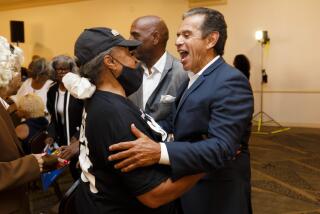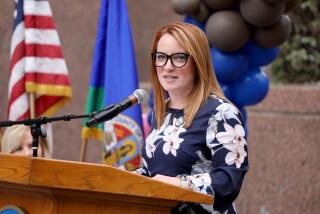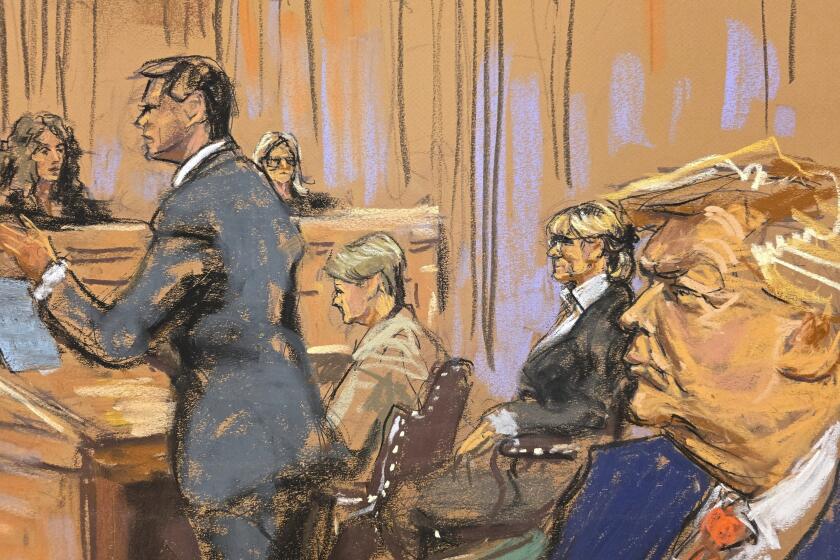Still L.A.’s ‘transportation mayor’
Mayor Antonio Villaraigosa came into office seven years ago with a remarkably ambitious agenda, proposing to solve many of L.A.’s most intractable problems: He would be the mayor who fixed the schools, cleaned up the gang problem and beefed up the Police Department. And, most important, he branded himself as the city’s “transportation mayor.”
Some of these promises have been fulfilled, yet progress in most areas has been incremental and not necessarily attributable to Villaraigosa. Like past mayors, he has boosted the ranks of the Los Angeles Police Department, yet also like past mayors he has been prevented by budget pressures from going as far as he wanted. He never succeeded in getting the control over schools he sought, and changes in the gang situation are hard to measure (L.A. gang killings rose 6% last year, but other gang-related crimes were down). The Department of Water and Power, meanwhile, remains stubbornly unaccountable to the public, Villaraigosa has cut fiscally damaging deals with public employee unions, and his skills as an administrator leave much to be desired.
But all caveats aside, there is one area in which Villaraigosa shines: He really is L.A.’s transportation mayor. By tirelessly advocating for expanding the transit system and helping to spearhead the drive to pass Measure R, the 2008 ballot initiative that raised county sales taxes to pay for a host of key transit improvements, Villaraigosa has presided over a term of unparalleled growth in the city’s transit network. So it’s not surprising that with just a year left in office, he used his State of the City address to propose an initiative that would put his stamp on L.A.’s transportation system for decades to come.
Villaraigosa has lobbied hard for a federal loan program that would allow the Metropolitan Transportation Authority to borrow against future sales tax revenue to complete a dozen mass transit projects in 10 years rather than 30. With that proposal stalled in the House, he’s now proposing that voters remove the expiration date on Measure R’s half-cent sales tax hike, which is scheduled to sunset in 2039. With the tax extended indefinitely, transit planners could take out bonds that would be paid back in 2040 or beyond, thus allowing them to start earlier on projects in the current pipeline.
There’s no doubt that this accelerated schedule would be good for Villaraigosa’s legacy; what’s unclear is whether it would be good for Los Angeles. Subways and light-rail lines are a modern city’s economic arteries, and the sooner we build them, the better. And it’s true that they have long lifespans and would benefit future generations. But by bonding now against revenue that won’t materialize for more than 25 years, we would in effect be billing our kids (or grandkids) for today’s projects and setting transportation priorities now for a city that may look very different in half a century. That’s a trade-off that has to be carefully considered as Villaraigosa’s proposal is fleshed out in the coming months.
More to Read
A cure for the common opinion
Get thought-provoking perspectives with our weekly newsletter.
You may occasionally receive promotional content from the Los Angeles Times.









